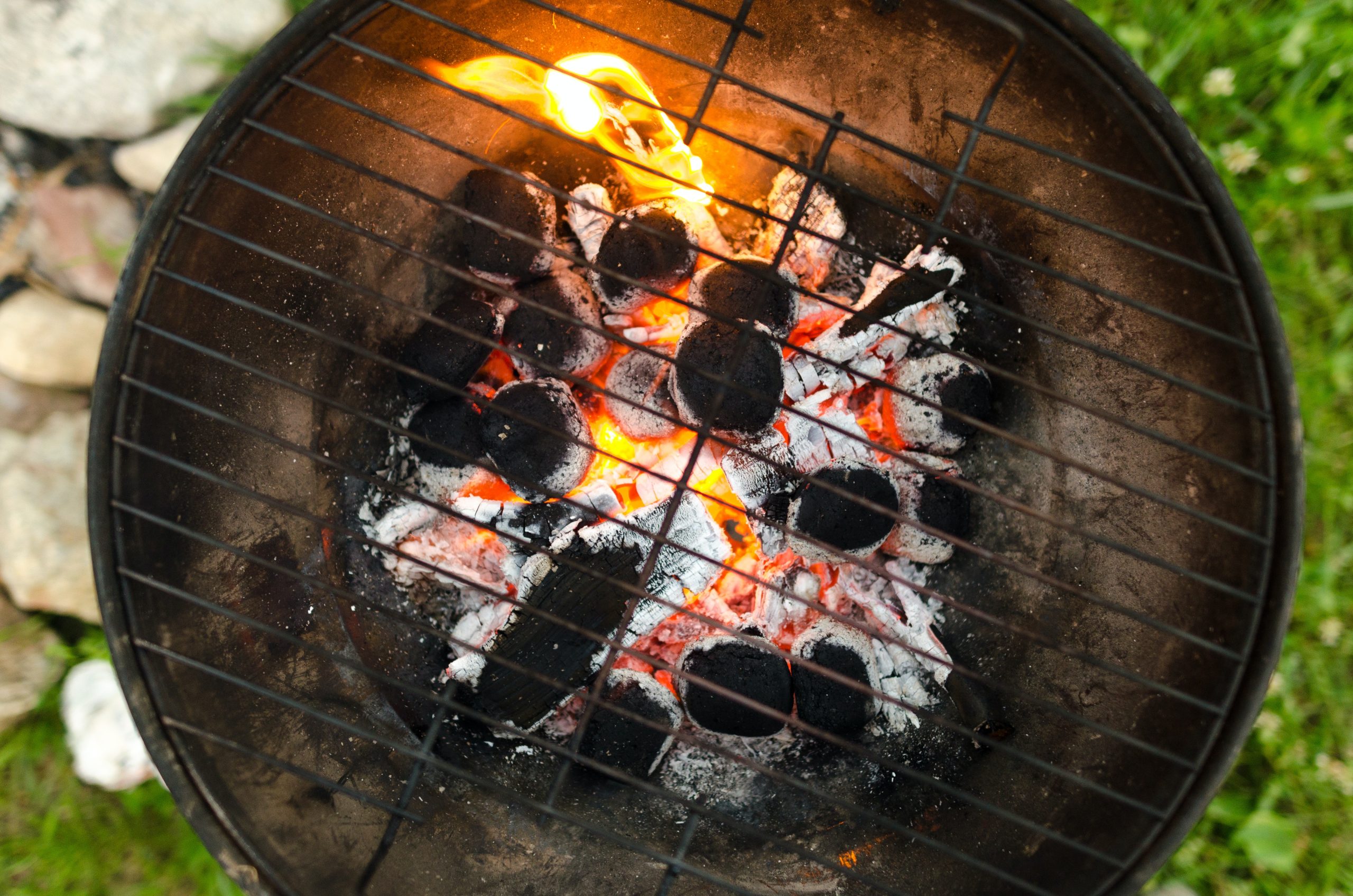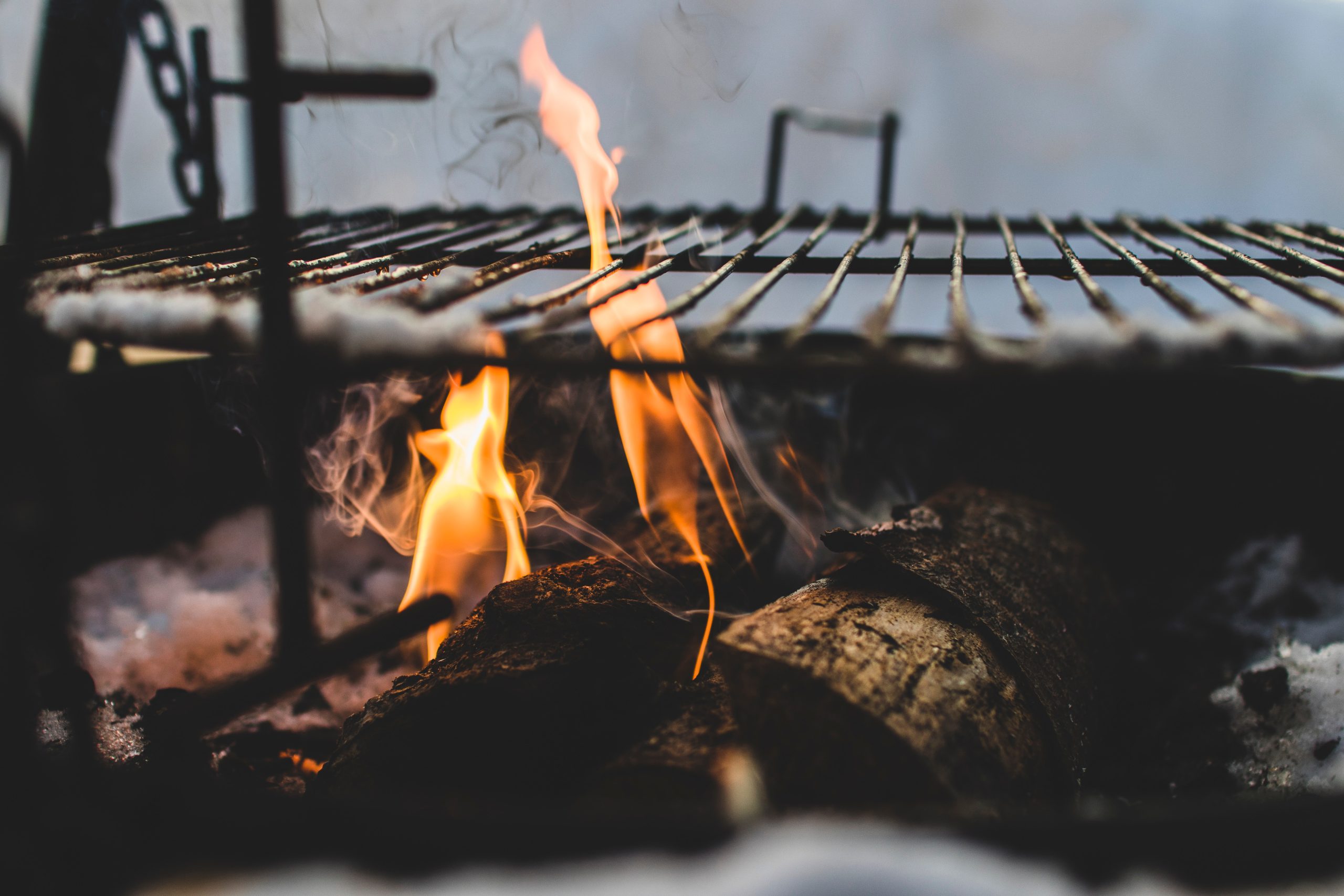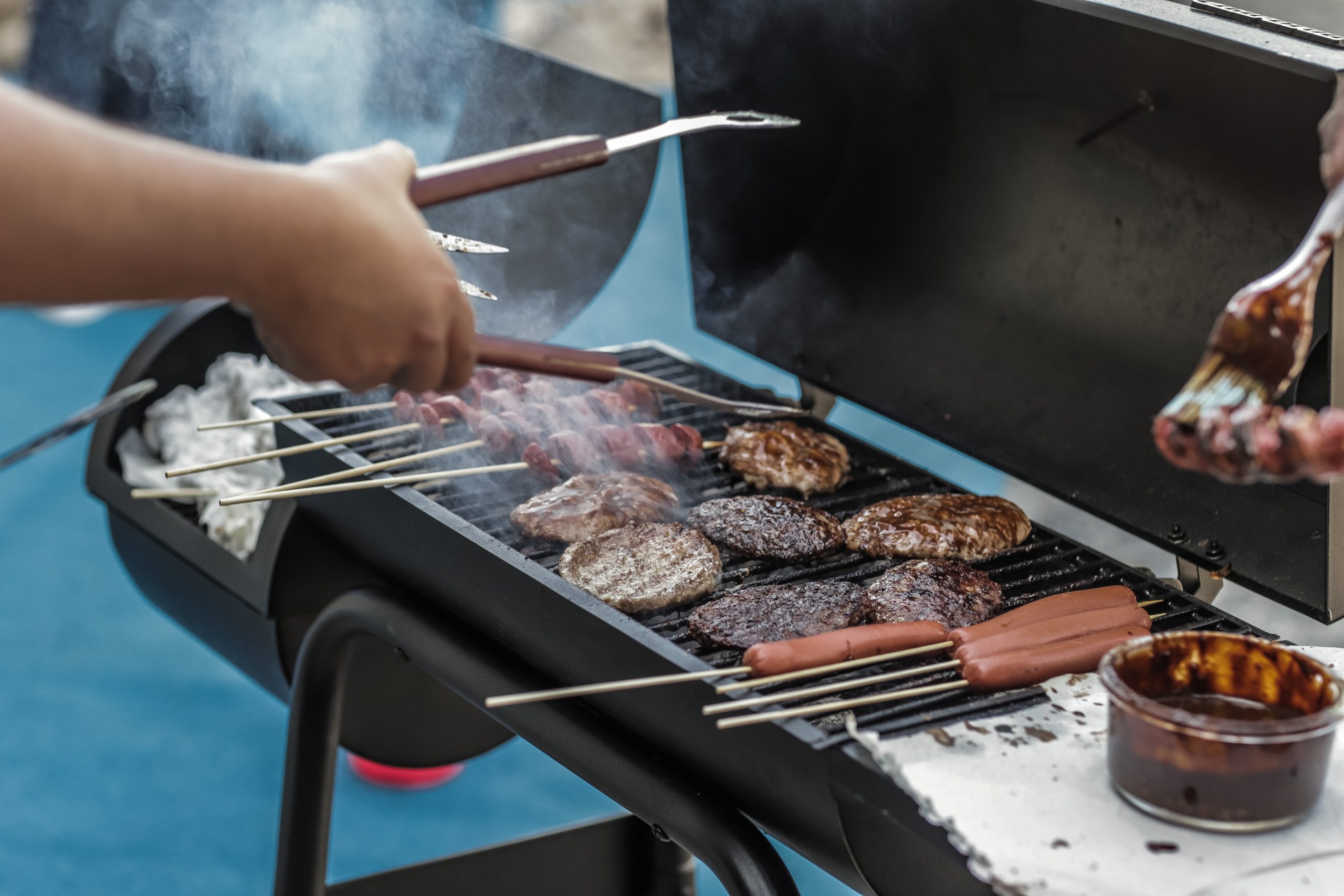Are you a barbecue enthusiast ready to elevate your grilling game? Look no further! This comprehensive guide unveils the art of building a reverse flow smoker from scratch. Whether you’re a seasoned DIYer or just starting with carpentry, these step-by-step plans will help you create a cost-effective and efficient smoker at home.

What Is A Reverse Flow Smoker?
Unlike conventional offset smokers, reverse flow smokers offer a unique cooking experience. The heat moves in reverse, providing indirect heat for cooking. Here’s a breakdown of essential components:
- Firebox and Baffle Plate: Positioned outside the cooking chamber, the firebox and baffle plate work together to redirect smoke in the opposite direction through the cooking chamber, creating the reverse flow effect.
- Advantages: Cleaner burning, reasonable temperature control, and protection against overcooking make reverse flow smokers stand out. Learn how to cook from bottom to top, ensuring your food is flavorful and perfectly cooked.
Homemade Reverse Flow Smoker Plans:
If you’ve ever wanted to try your hand at building a vertical reverse flow smoker, this section is your go-to resource. Skip the disappointment of searching for free smoker plans and dive into the detailed instructions below:
Steps:
- Tank Preparation: Lay the foundation for your smoker by preparing the tank.
- Fitting the Reverse Flow System: Learn the intricacies of fitting the reverse flow system for optimal results.
- Welding: Master the welding techniques crucial for building a durable smoker.
- Installing the Smoke Stack: Understand the significance of the smoke stack and its installation.
- Firebox: Explore the essential steps in building the firebox, a critical component for maintaining steady heat.
- The Finished Product: Bring it all together to create your homemade reverse flow smoker.
1. Reverse Flow BBQ Smoker Grill:
Discover how reverse flow smokers use baffles to distribute heat effectively, producing excellent results and minimizing uneven cooking. Some reverse-flow smokers are versatile enough for grilling, providing a two-in-one solution for barbecue enthusiasts.
Steps:
- Scrap Hunting: Find the materials needed for your reverse flow smoker.
- Cook Chamber Plumbing: Understand the importance of proper chamber plumbing.
- Smoker Box: Learn how to construct a smoker box for optimal performance.
- Finish, Fire, and Enjoy: Complete the process and get ready to fire up your reverse flow BBQ smoker.
2. An Old Water Boiler’s Reverse Flow Offset Smoker:
Building a reverse flow smoker doesn’t have to be daunting. This section breaks down the steps, emphasizing the construction of baffles using expanded metal or sheet metal. Ensure airtight baffles by welding them in place.
Steps:
- The Project: Plan your reverse flow smoker project thoroughly.
- Cleaning the Boiler: Prepare the boiler for the construction process.
- The Cutting of the Boiler and Internal Sanding: Master the crucial steps of cutting and sanding for a smooth finish.
- The Oven: Explore the oven construction process, a key element in your smoker.
- Bearing Structure: Understand the importance of a sturdy bearing structure.
- The Chimneys: Learn how to install chimneys for efficient smoke circulation.
- Make It Transportable: Ensure your reverse flow smoker is portable for convenience.
- The Reverse Flow System: Dive into the details of the reverse flow system.
- The Cooking Grill: Explore the construction of the cooking grill.
- Indispensable Accessories: Learn about additional accessories that enhance your smoking experience.
- Protective Coating: Finish off your smoker with a protective coating for longevity.
3. The R-BQ, Building A 120-Gallon Reverse Flow Offset Smoker:
Thinking about a 120-gallon reverse-flow smoker? This section guides you through the considerations before you start building. Understand the two major types: vertical and offset, and gather essential tools for the process.
Building an Offset Reverse BBQ Smoker:
- Homemade Tabletop Reverse Flow Smoker: Explore building a tabletop reverse flow smoker from bricks or blocks.
Considerations Before You Start:
- Choosing the Location: Select a suitable location for your smoker, away from buildings or structures to avoid smoke damage.
4. 7 Steps Building Process For A Reverse Flow Smoker:
If you’re contemplating purchasing a reverse flow smoker, consider building one for a more cost-effective option. This section provides seven straightforward ways to build a slow reverse smoker. From gathering tools to the final product, follow these steps:
Gather The Tools:
- Wire Brush: Essential for cleaning and prepping materials.
- Mini Grinder: Use this versatile tool for various tasks.
- Safety Gear: Prioritize safety with glasses, face shield, gloves, and a welding shield.
- Welders: Master the art of welding for a sturdy build.
- Chipping Hammer: Remove excess weld material with a chipping hammer.
- Pliers: A versatile tool for various tasks.
- Supplies: From shelves to high-heat paint, ensure you have all necessary supplies for a smooth process.
5. Building The Cooking Chamber Body:
- Choosing the Material: Consider various materials for the cooking chamber, with a preference for a cylinder similar to a boiler’s expansion tank.

6. Building The Firebox:
- Determining the Size: Choose the right size for your firebox based on the overall unit size.
- Materials: Opt for 1/4″ steel for a durable firebox.
- Building Process: Follow step-by-step instructions to create a square-shaped box with proper ventilation.

7. Installing The Baffle Plate:
- Importance of Baffle Plate: Understand the role of the baffle plate in creating a reverse flow effect.
- Installation Process: Follow instructions for installing the baffle plate to ensure even heat distribution.
8. Installing The Chimney:
- Choosing the Chimney: Opt for a 4″ ventilation pipe for an efficient chimney.
- Height Consideration: Adjust the chimney height based on whether you’re constructing a vertical reverse flow smoker.

9. Final Touch:
- Adding a Thermometer and Fire Basket: Complete your smoker by installing a thermometer for monitoring and a fire basket made of aluminum for holding hot coals.
10. Test The Smoker:
Once your reverse flow smoker is built, ensure it functions flawlessly with a simple testing process:
- Fill the smoker with woods.
- Light up the smoker and let it burn for a while.
- Wait until it smokes up.
- When the smoker reaches a temperature of around 260 degrees Fahrenheit, put meat on it.
- After 20 minutes, check if you have fully cooked meat with a smoky taste.
Do You Need A Reverse Flow Smoker?
Before you embark on your reverse flow smoker journey, understand the pros and cons:
Pros
- Even Heat Distribution: Enjoy consistent cooking without the need to flip your meat.
- Smokey Flavor: Achieve a smoky flavor across all parts of your meat.
- Temperature Control: Add more wood or fuel without losing control over the temperature.
- Heat Retention: Retain heat effectively, returning to the desired temperature faster.
- Built-in Tray: Benefit from a metal plate that acts as a tray, eliminating the need for a separate water tray or grease collection.
Cons
- Non-Removable Plate: Some reverse flow smokers have non-removable plates, making cleaning a challenge.
- Airflow Control Issues: Care must be taken to avoid over-smoking, as controlling airflow can be tricky.
- Slow Temperature Rise: Takes time to reach the temperature of BBQ pits or cookers.
- Increased Fuel Requirement: Requires more wood or fuel to control heat compared to other smokers.
- Limited Airflow Control: The inability to control airflow can be a significant drawback during cooking.
Frequently Asked Questions:
Final Words:
Building your smoker provides the freedom to customize your smoking experience. Whether you opt for a traditional offset or a modern reverse flow smoker, the benefits are numerous. From automated temperature regulation to substantial cost savings, your DIY smoker awaits. Share your unique creations and tips with our community or subscribe for more expert insights.
Happy smoking @BBQBUCK!






